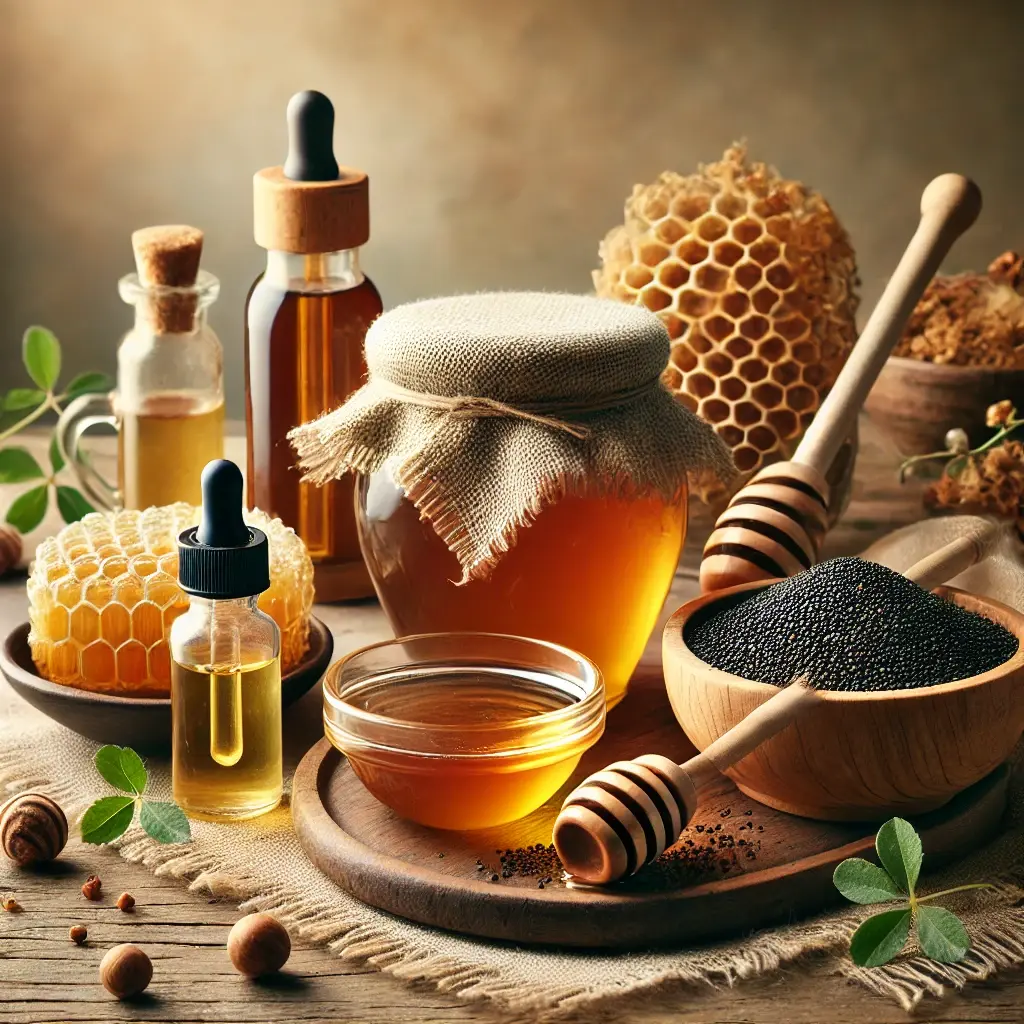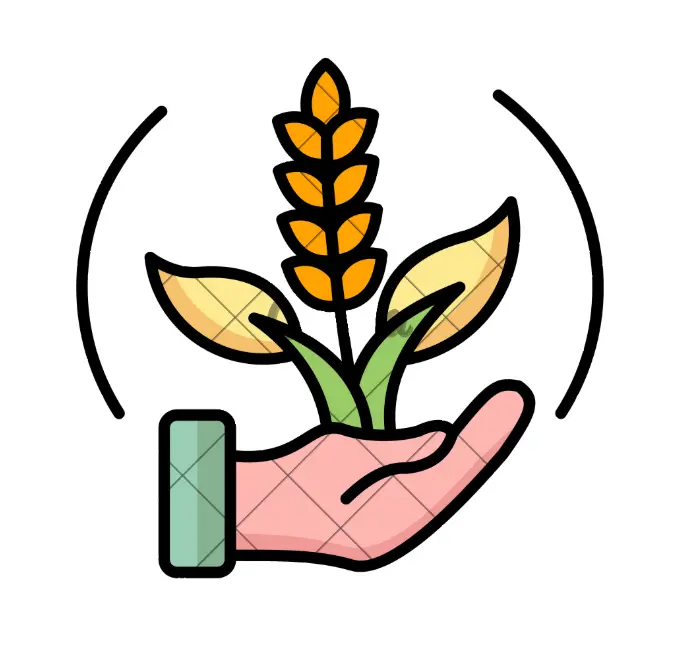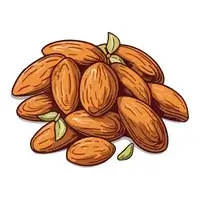Bees, which start to work on chestnut flowers from the beginning of June, show all their strength and the real honey flow takes place in this period. At the same time, they continue to ripen the honey they carry by flapping their wings in front of the hive at night.
In the quiet nights of the apiary, you can hear the bees flapping their wings working to ripen the chestnut honey. The resulting chestnut honey flows in a dark, dense consistency and has a distinctive sweet, hard flavor. Those who are accustomed to the taste of this special honey have found a flavor they are constantly looking for.
This honey, which is dark brown in color, has a slightly bitter taste and at the same time has a chestnut-specific odor. It is known for its antiseptic properties and, like other dark honeys, its antioxidant content offers protective effects against cancer.
Honey bees collect both pollen and nectar from chestnuts. Studies have shown that this honey has antibiotic properties and is effective against B. hemolotic streptecoc bacteria.
In addition, Chestnut Honey, as a rich source of B and C vitamins, strengthens the muscles, regulates blood circulation, relieves stomach and liver fatigue and has immune system strengthening effects.
It also offers an effective solution especially for those who have cough problems. Chestnut Honey provides positive effects on respiratory and digestive systems.
Şile chestnut honey was registered to the Turkish Patent and Trademark Office by Şile Municipality, Limited Liability Şile Beekeeping and Bee Products Agricultural Development Cooperative on 03.09.2021.
 Geographical Indication ProductsStaple FoodsMeat ProductsKitchen and DiningHome TextileGiftVariety Packs & Sets
Geographical Indication ProductsStaple FoodsMeat ProductsKitchen and DiningHome TextileGiftVariety Packs & Sets Staple Foods
Staple Foods Pastry
Pastry Special Nutritions
Special Nutritions Kitchen & Dining
Kitchen & Dining Home Textile
Home Textile Clothing
Clothing Personal Care & Hygiene
Personal Care & Hygiene Bath & Shower
Bath & Shower Gift
Gift Variety Packs & Sets
Variety Packs & Sets






















